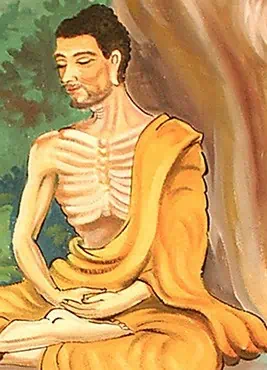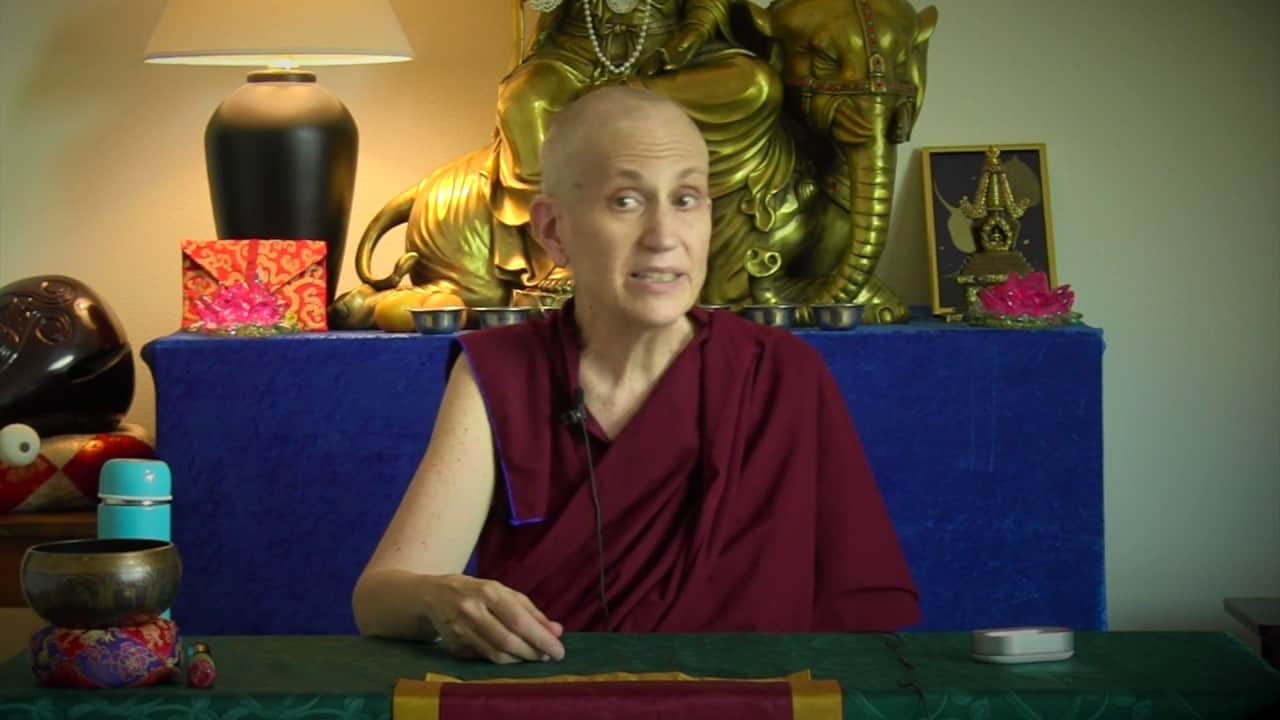The four messengers

The question below was asked on Spokane FaVS, a site which provides non-sectarian coverage of religion, spirituality and ethics in Spokane, Washington. The answer was provided by Venerable Chonyi. The Abbey nuns are regular contributors to the SpokaneFAVs "Ask A Buddhist" column.
Who did Siddhartha Gautama meet that changed his understanding of human beings’ suffering in the world? Is his understanding true or false? Why?
As the scriptures tell it, the historical Buddha, Siddhartha Gautama, was born a prince of the Sakya clan in an area near the present border of India and Nepal. At the time of his birth, a seer predicted that the child would become either a great king or a great holy man. Siddhartha’s father, King Suddhodana, was determined to see his son inherit the kingdom and set about creating the perfect conditions to direct his son towards a kingly destiny.
Siddhartha’s father showered the prince with comfort and luxury. He was trained in athletics, the arts, leadership, and warriorship—every skill necessary to become a worthy and successful heir.
Wishing to protect the prince from the sights of suffering—images that might propel him towards a spiritual path—King Suddhodhana prohibited his son from venturing outside the palace complex. By providing every kind of sense pleasure to the young man, the king believed he could keep his son focused on his rightful role as the future king.
But Siddhartha was bright, sensitive, thoughtful, and curious. At the age of 29, he conspired with his charioteer to sneak out of the palace on four occasions to see the world. In the town of Kapilavasti, he encountered what are called the Four Messengers, four sights that led to the prince’s determination to discover how to free himself and others from the cycle of suffering.
First he met a white-haired old man bent with age and leaning on a cane. Seeing this, he realized that aging is an inevitable result of birth, a suffering endured by all who are born.
On a second trip, he encountered a sick person who was writhing in pain, and realized that the human body is subject to illness. No matter how healthy we are, illness can come at any moment, despite the best medical achievements.
On a third trip, Siddhartha saw a corpse, stiff and lifeless. Relatives wept over the body, and the prince realized that this fate awaited him and all the people he loved—his father the king, his stepmother the queen, and even his beautiful wife and newborn son.
Grieved by the truth of the suffering he had seen, Siddhartha went out for a fourth time. This time he encountered a simple mendicant with a calm, radiant, and peaceful countenance. “What is this person?” he asked.
The charioteer explained that the man was a spiritual seeker, a sage who had left behind the distractions of family and possessions to seek the meaning of life and the solution to its problems.
Recognizing the suffering of living beings and determined to find a way to relieve that suffering, Siddhartha set out on his famous journey to realize the path to liberation and full awakening, eventually becoming the Buddha, the Awakened One.
Did Siddhartha find what he was looking for? Buddhists believe that he did, and for the last 2,600 years, numerous others have followed his path, practiced his instructions, and, over time, achieved the same results.
On the path to liberation and full awakening, practitioners develop ethical conduct, meditative concentration, and wisdom, and cultivate love and compassion, among many other good qualities. These practices contribute to greater peace of mind and diminish suffering, even before liberation and awakening are attained.
Is it true? The proof is in the pudding, as they say. The Buddha described the unsatisfactory nature of our situation, and also identified its causes—our ignorance and destructive emotions, and the actions they motivate. He clearly taught the method to overcome ignorance and afflictions and thus the destructive actions they cause and the suffering that they bring. He invited us to test his teachings to see if they prove true for us. Through practice, we gain experience, which develops our faith and conviction. This in turn inspires us to continue practicing the teachings to realize our full potential. We practice to become fully awakened, as the Buddha did, in order to be of great benefit to all other living beings.
Venerable Thubten Chonyi
Ven. Thubten Chonyi is a nun in the Tibetan Buddhist tradition. She has studied with Sravasti Abbey founder and abbess Ven. Thubten Chodron since 1996. She lives and trains at the Abbey, where she received novice ordination in 2008. She took full ordination at Fo Guang Shan in Taiwan in 2011. Ven. Chonyi regularly teaches Buddhism and meditation at the Unitarian Universalist Church of Spokane and, occasionally, in other locations as well.


